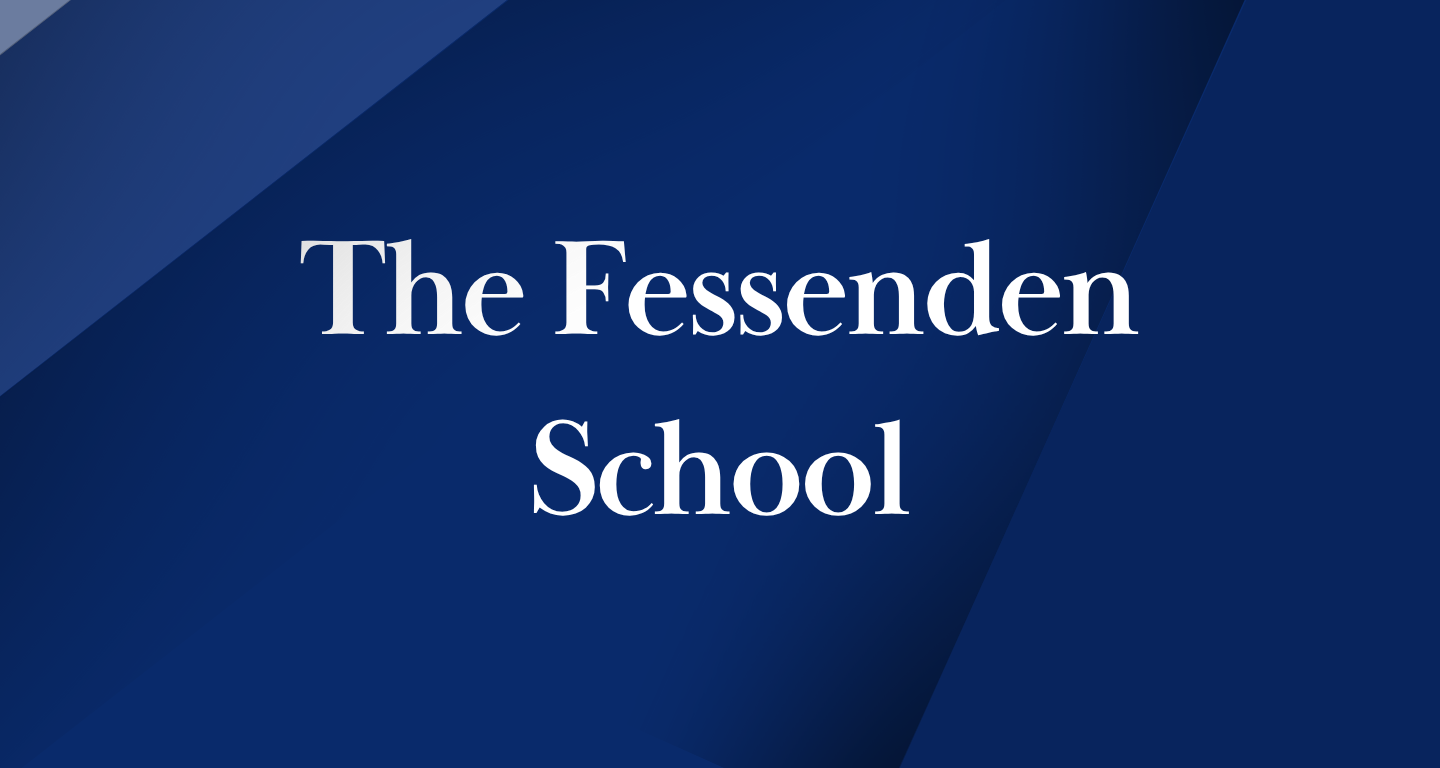In October 2025, Harvard University released the official admissions statistics for the Class of 2029. The numbers from the report revealed two striking findings: Asian students now make up a record 41% of admitted freshmen, and international students account for about 15% of the incoming class, a testament to Harvard’s strong global presence.
Here at Ivy Talent Education, we analyzed this data and summarized the most important insights to help families and students better understand what these trends mean for future applicants.
1. Admission Rate Rises as Applications Decline
For the Class of 2029, Harvard’s overall admission rate increased to 4.18%, compared to 3.65% last year, marking its highest point since 2020. While this may appear to be a milestone, the increase was primarily the result of a smaller applicant pool. Harvard received 47,893 applications this year, significantly less than the 54,008 applications in the previous cycle.
This year also marked the first time since the pandemic that Harvard reinstated standardized testing requirements, once again asking applicants to submit SAT and ACT scores. Because of this, fewer students applied overall, though the total number of applications still remained about 10% higher than before the pandemic.
Even with a smaller pool, the admitted students demonstrated exceptional academic and extracurricular achievement. The university’s yield rate reached an impressive 83.6%.
According to William R. Fitzsimmons, Harvard’s longtime Dean of Admissions and Financial Aid, reintroducing testing requirements and the lingering post-pandemic effects shaped the composition of this year’s incoming class.

2. High Asian Enrollment Reflects Shifting Demographics
Asian students now represent 41% of Harvard’s Class of 2029, up from 37% last year, setting a new record in the university’s history. This makes Asian students the largest single ethnic group in the class.
Meanwhile, the percentage of Black students fell from 14% to 11.5%, and Hispanic representation dropped from 16% to 11%. Harvard did not release detailed figures for white or multiracial students, and about 8% of the class chose not to identify their race or ethnicity.
This pattern can be seen across other Ivy League universities, such as Yale and Princeton, following the U.S. Supreme Court’s 2023 decision to end race-based affirmative action in college admissions. The ruling has pushed many universities to explore new ways of promoting diversity.
This includes placing greater emphasis on socioeconomic background, personal stories, and community impact. For applicants, this means that showcasing authenticity, resilience, and individuality are now more important than ever in crafting a compelling application narrative.
3. International Enrollment Holds Steady Despite Challenges
International students make up roughly 15% of Harvard’s Class of 2029, a figure that remains consistent with past years but slightly below last year’s 18%. Despite the ongoing policy hurdles many global applicants face, Harvard continues to uphold its commitment to international education.
In recent years, changes in visa policies and rising political tensions have occasionally disrupted international programs. For example, the temporary revocation of Harvard’s SEVP certification during the Trump administration briefly threatened the status of international students. The decision was later blocked in federal court, reaffirming Harvard’s ability to enroll students from around the world.
To support admitted students facing visa delays or travel restrictions, Harvard implemented several flexible measures, such as extending waitlist deadlines and allowing deferred enrollment options. As a result, the university achieved a 90% or higher enrollment rate among international admits, proving that Harvard’s global reputation remains strong.
For future applicants, this data highlights the importance of staying informed about policy updates and preparing contingency plans for evolving immigration conditions.
4. Expanded Financial Aid and Increased Tuition-Free Access
One of the most notable developments for the Class of 2029 is Harvard’s expansion of its financial aid program. Families earning under 200,000 U.S. dollars per year now qualify for full tuition coverage, a major step toward greater accessibility and equity in higher education.
This year, 45% of freshmen are attending Harvard tuition-free, and more than half of all students are receiving comprehensive financial aid packages inclusive of room, board, and other living expenses. In addition to this, 20% of the class are first generation college students, while 21% qualify for the federal Pell Grant, which is awarded to students with demonstrated financial need.
Harvard College Dean Hopi E. Hoekstra emphasized the university’s ongoing mission to ensure equal opportunities for all their students. “Even as economic conditions fluctuate, our dedication to equal educational opportunity remains steadfast. I’m proud that nearly half of our students can attend Harvard without tuition, and I’m confident in the future they will help build.”
For applicants from middle- and lower-income families, these developments send a clear message: Harvard is more accessible than many realize, and regardless of financial background, strong academic performance and authentic personal stories can open doors to world class education opportunities.
5. More Waitlist Admits and a Broader Range of Interests
This year, Harvard admitted 75 students from the waitlist, which is almost double the number from last year (41) and nearly triple the number from the previous year (27). Dean of Admissions Joy St. John explained that this increase reflects greater flexibility in enrollment management and a desire to balance class size while maintaining diversity.
In terms of academic interests, the incoming class is remarkably well-rounded:
- Humanities: 12.1%
- Engineering: 25.2%
- Natural Sciences: 26.7%
- Social Sciences: 34.5%
- Interdisciplinary Studies: 0.4%
This distribution demonstrates Harvard’s continued strength in fostering interdisciplinary education and preparing students to think past more traditional boundaries.
6. Key Takeaways for Future Applicants
The recent data report on Harvard’s Class of 2029 reveals more than just numbers—they offer insights into how elite university admissions are evolving with the times. Record high Asian representation, steady international enrollment, and expanded financial aid show that Harvard continues to balance excellence with equity and access.
For students planning to apply to Harvard or other Ivy League universities, these findings carry crucial lessons. It is important to stay informed about changing policies, approach standardized testing strategically, and highlight the personal experiences that make your story stand out.
At Ivy Talent Education, we help students and families interpret these trends and translate them into actionable strategies. If you would like personalized guidance on Harvard or other top U.S. universities, or need support in building a tailored application plan, contact us today. Our professional consultants are here to help you turn data into opportunity and your potential into admission success.
 中文
中文 Tiếng Việt
Tiếng Việt



